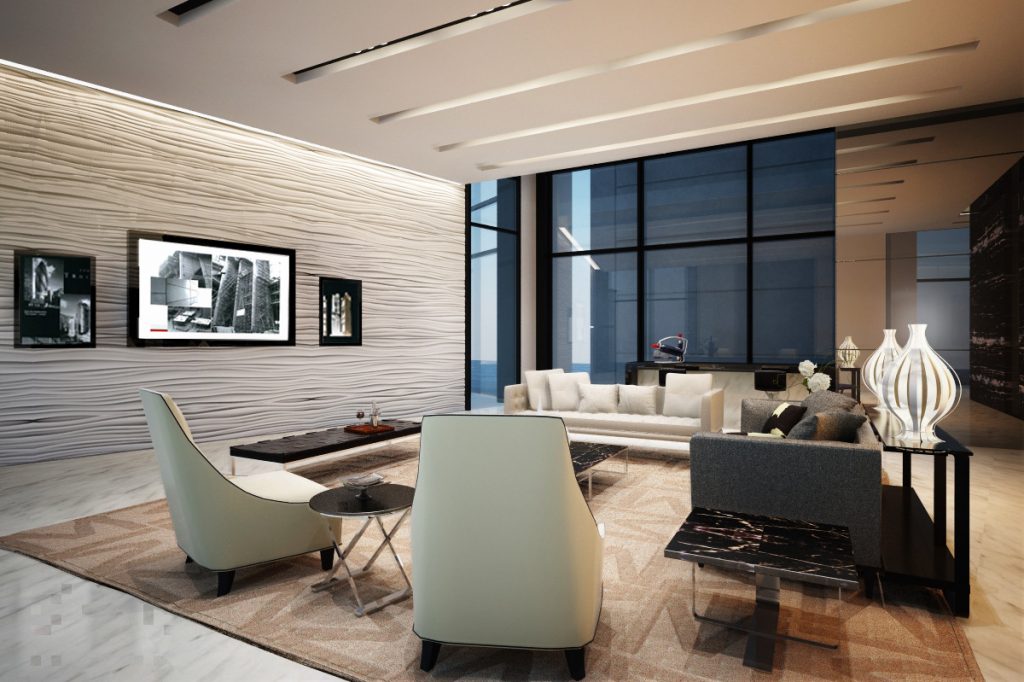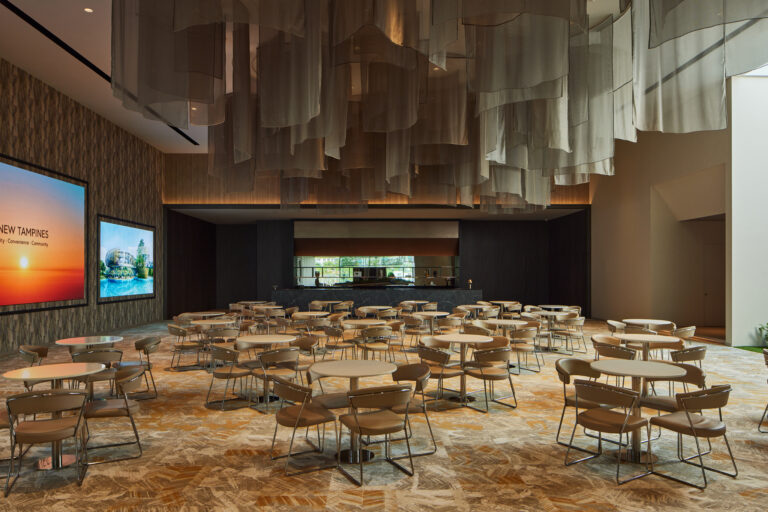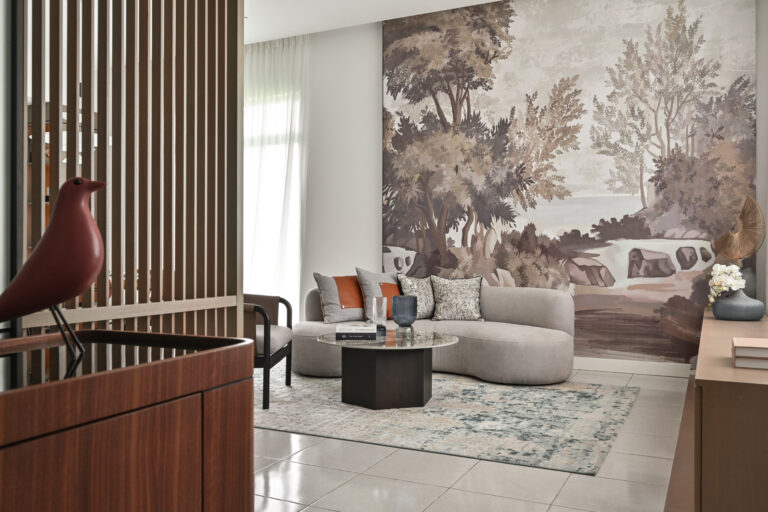In the world of luxury interiors, the focus often falls on exquisite materials, bespoke furnishings, and captivating aesthetics. Yet, the true hallmark of a truly successful high-end space lies in an often-understated element: exceptional space planning. It is the invisible framework that allows a beautiful design to function seamlessly, enhancing the user’s experience and elevating everyday living or working to an art form.
For Designed Design Associates (DDA), an award-winning firm specializing in luxurious spaces, space planning is not a technical afterthought but a foundational art. It’s the process of sculpting the environment to maximize function, flow, and potential, ensuring that every square foot serves a purpose while contributing to an overarching sense of comfort, ease, and undeniable luxury.
Expert Insights on Effective Space Utilization
Effective space planning is particularly critical in luxury design, where clients expect not just beauty, but also effortless functionality tailored precisely to their needs. Experts understand that it involves more than just fitting furniture into rooms; it’s about creating a spatial narrative that supports the desired lifestyle or operational requirements. Key insights include:
- Understanding the User’s Journey: Great planning considers how people move through and interact with the space. This involves mapping out circulation paths, identifying high-traffic areas, and ensuring smooth transitions between different zones.
- Defining Zones with Purpose: Clearly demarcating areas for different activities (e.g., relaxation, entertaining, work, private retreat in a home; collaboration, focus, meeting in a commercial space) is vital. These zones should ideally flow into each other logically while maintaining their distinct functions.
- Proportion and Scale: Selecting furniture and elements that are appropriately scaled for the room is crucial. Oversized pieces can make a room feel cramped, while undersized ones can feel lost. Luxury often implies a sense of generous proportion, even in smaller spaces, achieved through clever planning.
- Utilizing Vertical Space: Don’t just think floor area. Wall space and vertical dimensions offer significant opportunities for storage, display, and creating visual interest, especially valuable in urban environments like Singapore and Kuala Lumpur.
- Flexibility and Adaptability: Modern luxury spaces often need to serve multiple purposes. Good planning incorporates elements that allow for flexibility, such as multi-functional furniture, sliding panels, or cleverly concealed areas.
DDA's Approach to Balancing Aesthetics and Functionality
At DDA, the balance between aesthetics and functionality isn’t a compromise; it’s a harmonious integration. Their approach is holistic and deeply rooted in understanding the client.
- Functionality Begins with the Client: Before a single sketch is made, DDA’s in-depth client personality and needs study lays the functional groundwork. They analyze how the client lives, works, entertains, their daily routines, storage needs, and technological requirements. This forms the brief for the spatial layout.
- Layout as the Foundation: Space planning is among the very first steps in the design process. DDA meticulously plans the layout, flow, and zoning to ensure it perfectly supports the client’s lifestyle or business operations. This foundational phase is non-negotiable and dictates subsequent aesthetic decisions.
- Integrating Function into Form: DDA excels at weaving functionality into the very fabric of the design. Bespoke built-in joinery is a prime example – crafted from luxurious materials, these pieces are simultaneously stunning design features and highly functional storage or display solutions. Furniture selection considers ergonomics and practical use as much as style.
- The “Bold Yet Understated” Advantage: DDA’s signature style naturally lends itself to good space planning. Clean lines, thoughtful proportions, and a focus on curated rather than cluttered spaces inherently support better flow and usability. Bold elements are used strategically to define zones or create focal points without impeding movement or function.
- Meticulous Detailing: The final layer of luxury comes from meticulous detailing in execution. Power outlets are placed conveniently but discreetly, lighting controls are intuitive, and built-in features operate smoothly – small functional details that collectively enhance the daily experience of the space.
For DDA, a truly luxurious space is one where the impeccable aesthetics are supported by an invisible, effortless functionality – a space that works perfectly, looks breathtaking, and feels intuitively right for the people who inhabit it.
Tips for Readers to Assess Their Own Spaces
Wondering how well your own space is utilized? Here are some practical tips from the experts at DDA to help you assess its functionality:
- Observe Your Habits: Spend a few days consciously observing how you use each room. Where do bottlenecks occur? What tasks are awkward or inconvenient due to layout or furniture placement? Where does clutter accumulate most often?
- Map Your Flow: Mentally (or even physically with temporary markers) trace your common paths through the space. Are they direct and clear, or are you navigating around obstacles?
- Identify Underutilized Areas: Are there ‘dead zones’ in your home or office that serve no real purpose? Could they be repurposed?
- Assess Your Storage: Do you have enough storage? Is it in convenient locations relative to where items are used? Is it organized effectively? Lack of proper storage is a major functional breakdown.
- Think About Zones vs. Clutter: Are activity zones distinct, or do they bleed into each other, causing chaos? Can you easily transition from work mode to relaxation mode in a multi-functional area?
- Measure and Plan: Even a rough sketch with measurements can be incredibly insightful. Play around with furniture layouts on paper or using online tools to see potential alternatives.
- Consider Scale: Look at your furniture. Does its size feel appropriate for the room? Is there enough space to comfortably move around pieces?
By honestly assessing how your space currently functions (or malfunctions), you can begin to identify areas for improvement. While minor adjustments can sometimes make a difference, truly maximizing space without sacrificing aesthetics, especially in a luxury context, often requires the expertise of professionals who understand the intricate art of spatial planning.
In conclusion, space planning is the invisible architect of luxury. It dictates the rhythm and harmony of an interior, ensuring that beauty is always supported by effortless functionality. For DDA, mastering this art is fundamental to creating spaces that are not just visually stunning but are also perfectly attuned to the lives they are designed to enhance.



